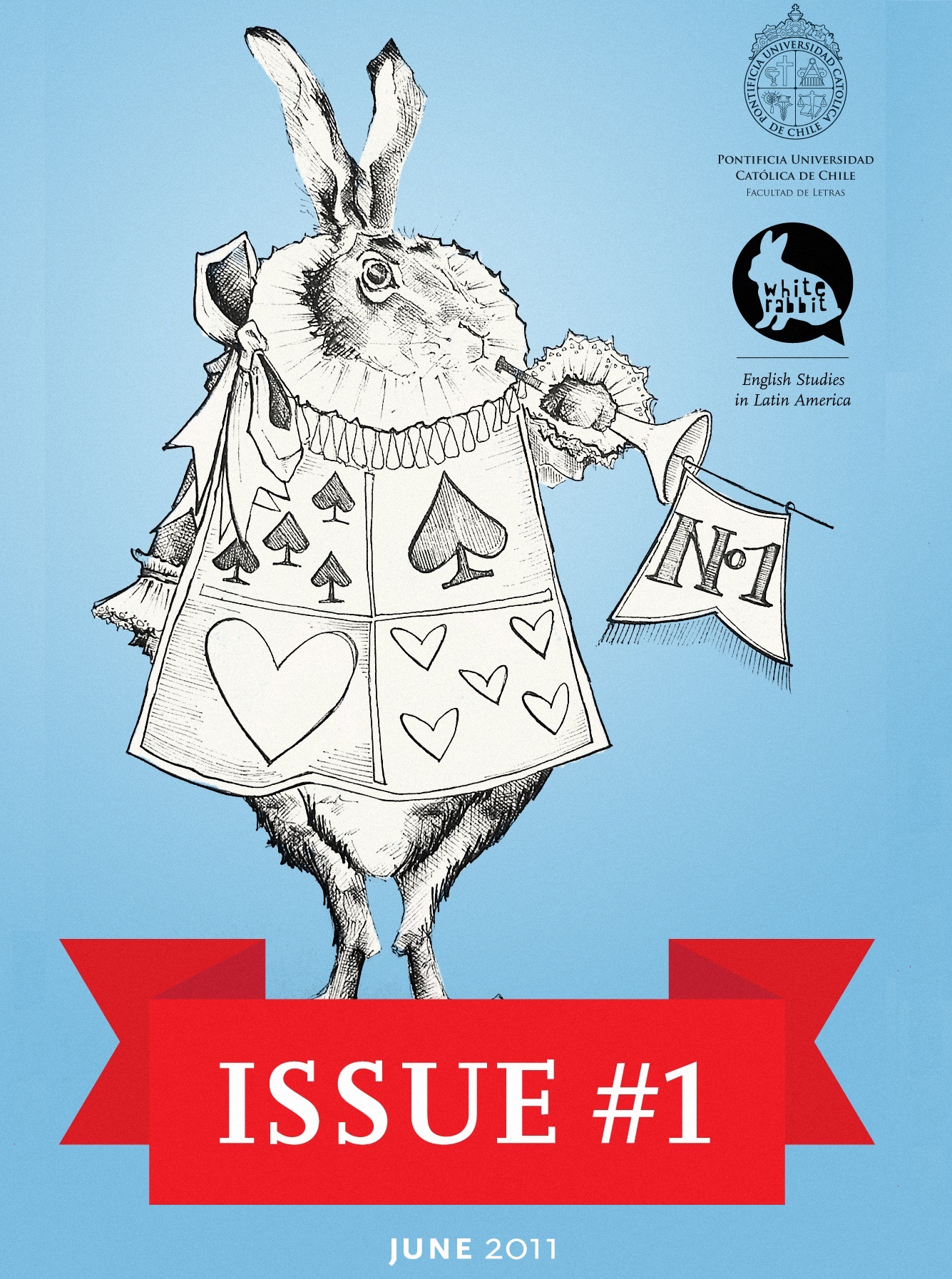Agota Kristof’s The Notebook: Child Evil and Trauma
DOI:
https://doi.org/10.7764/ESLA.61863Keywords:
CHILD TRAUMA, KRISTOF, FREUD, EVIL, WAR TRAUMAAbstract
The paper gives a reading of AgotaKristof’s novel The Notebook regarding its treatment of evil and child trauma in the light of Sigmund Freud’s ideas, the concepts of Martin Stringer on urban violence and children, and child response to trauma as seen by Jesse Harris and Jon A. Shawn. Its aim is to pose the extremely rational and cruel actions of the novel’s protagonists as a defense mechanism against the traumatic experiences experimented in wartime. In order to do so, the paper analyses the Victorian archetype of the inherently innocent child, and how this conception is challenged in Kristof’s narrative by the possibility of the children being either intrinsically mean or deeply traumatized by the horrors of wartime; the paper also deals with the concepts of evil as a social construction and with the objectiveness of the narrative as a way of portraying rationality.
Downloads
Downloads
Published
How to Cite
Issue
Section
License

This work is licensed under a Creative Commons Attribution-NonCommercial-NoDerivatives 4.0 International License.


